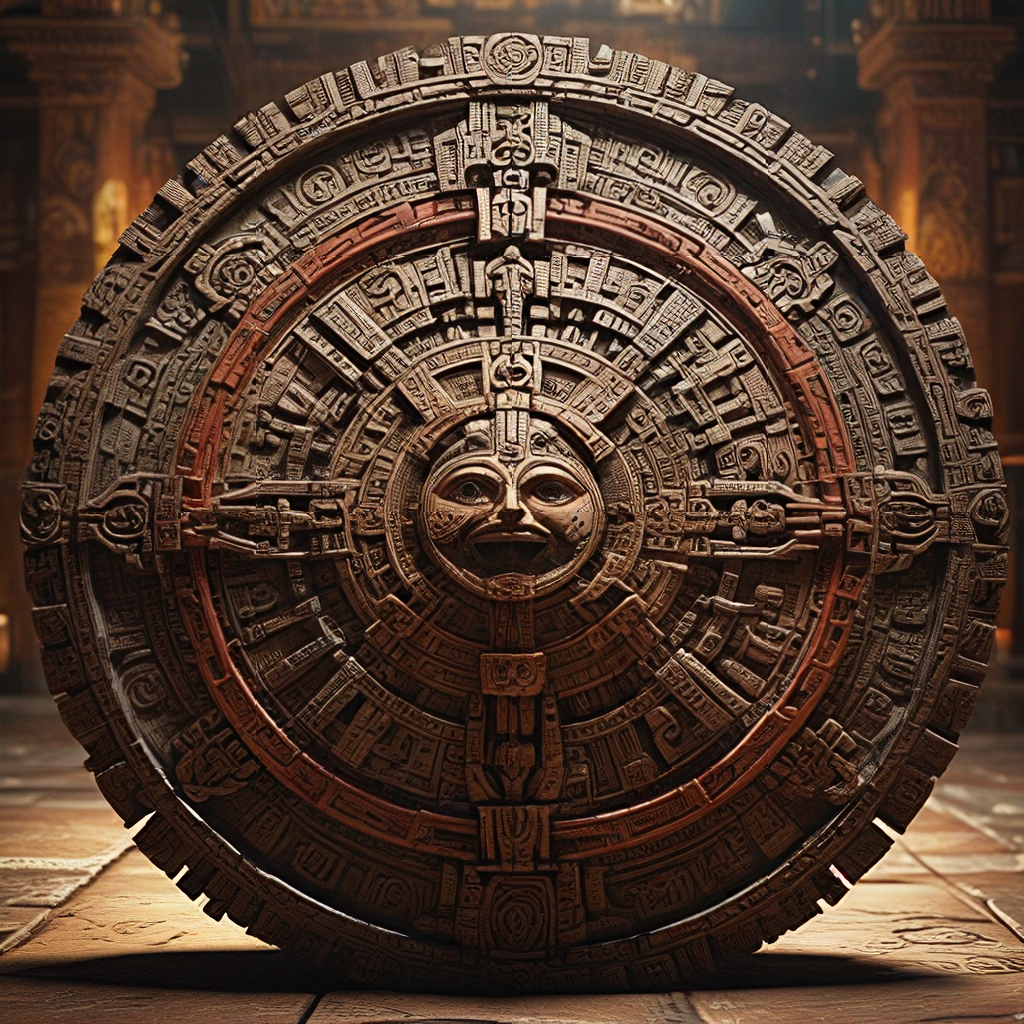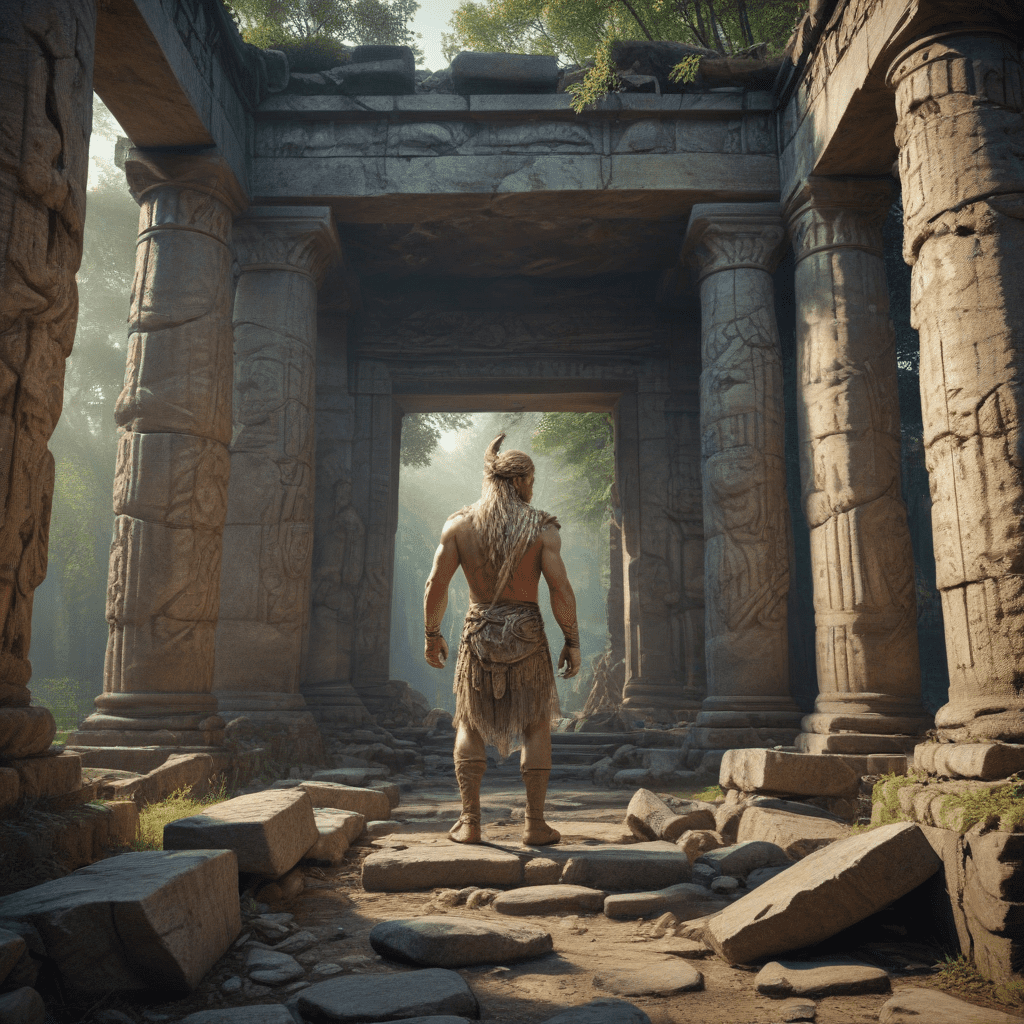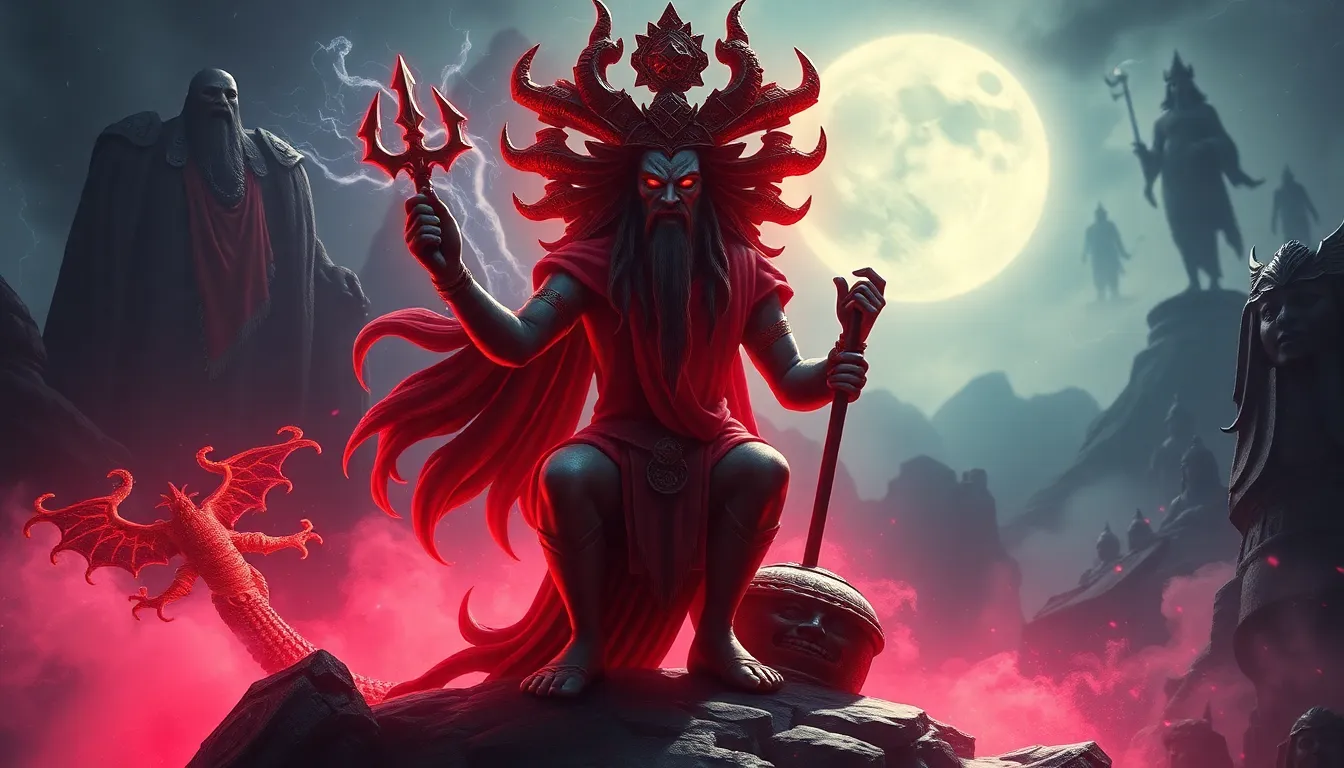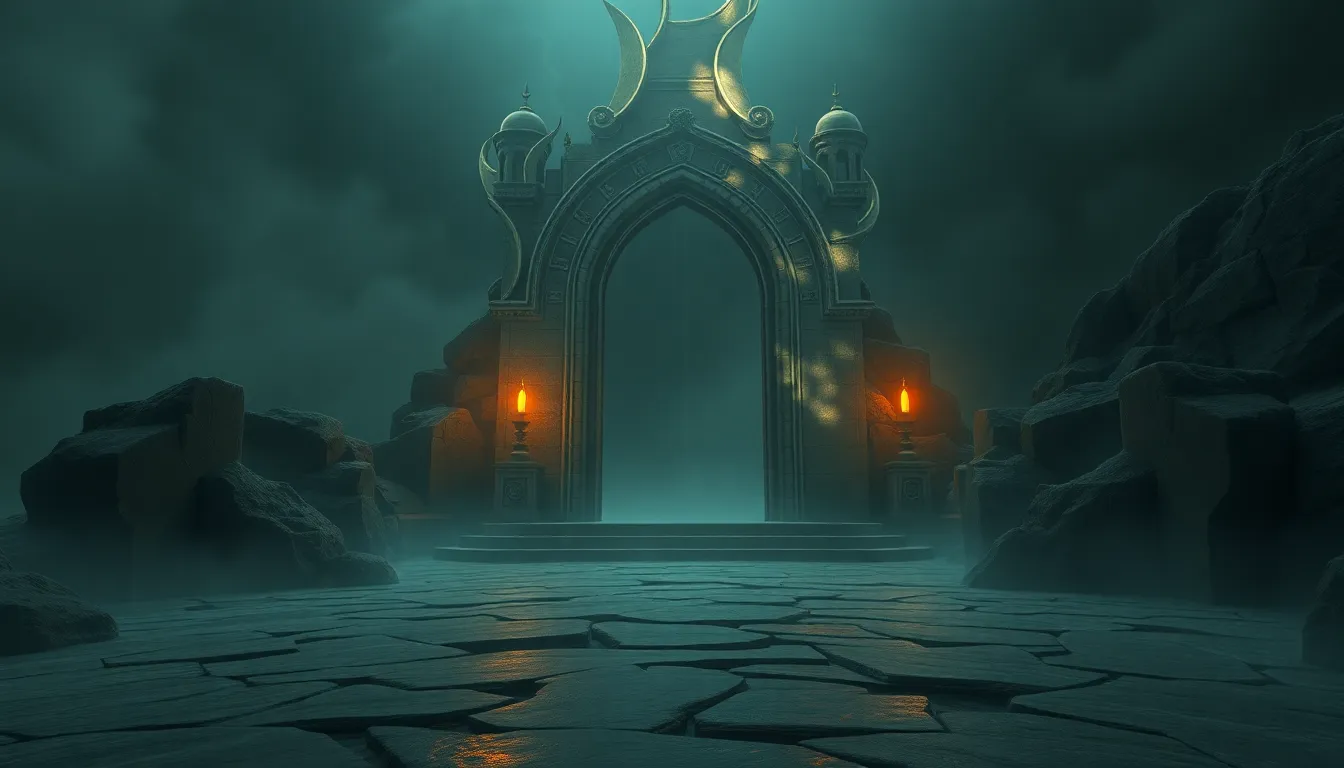The Aztec Calendar: Symbolism and Meaning
The Aztec calendar was more than just a way to track time; it was a profound reflection of their worldview, imbued with symbolism and meaning that guided their lives and rituals. This intricate system connected the earthly realm with the celestial, providing a framework for understanding the cosmos, their place within it, and the forces that shaped their destiny.
The Sun Stone: A Portal to the Cosmos
The most iconic symbol of the Aztec calendar is the Sun Stone, a massive circular sculpture carved from volcanic rock that stands as a testament to their astronomical knowledge and artistic skill. It represents the Fifth Sun, the current age of the world according to Aztec mythology, and is adorned with intricate carvings that depict the celestial bodies and the cycles of time. The central face of the Sun Stone symbolizes the sun god Tonatiuh, whose sacrifice is believed to sustain the world. Surrounding him are the signs of the 20 days of the Aztec calendar, each representing a specific deity and attribute. The Sun Stone is a visual reminder of the cosmic dance of creation and destruction, the constant cycle of life and death that the Aztecs believed governed the universe.
The Calendar Round: A System of Time and Ritual
The Aztec calendar, known as the "Calendar Round," was a complex system that combined two cycles: the 365-day solar year (xiuhpohualli) and the 260-day ritual cycle (tonalpohualli). The solar year was divided into 18 months of 20 days each, followed by a five-day period known as "nemontemi." The 260-day cycle was made up of 13 weeks of 20 days, each day being associated with a specific deity and attribute. By combining these two cycles, the Aztecs created a calendar that repeated every 52 years, providing a framework for organizing their rituals, agricultural activities, and social life.
The Five Eras of Creation: A Mythological Framework
The Aztec calendar was deeply rooted in their mythology, particularly the belief in the Five Suns, the five eras of creation that preceded the current age. Each era was characterized by a different sun god and brought about by a cataclysmic event, such as a flood or a rain of fire. The Aztecs believed that the Fifth Sun, which they lived under, would end in a cataclysm, but that it could potentially be prolonged through human sacrifice. This belief played a crucial role in their religious practices and their understanding of their place in the largercosmic scheme.
The Four Quarters of the Calendar: Directional Symbolism
The Aztec calendar was also divided into four quarters, each representing one of the cardinal directions: North, West, South, and East. Each quarter was associated with a specific color, a deity, and a season. This directional symbolism reflected the Aztecs' understanding of the universe as a balanced and ordered system. The four quarters represented the four corners of the world, and the interplay between them was believed to maintain the harmony of the cosmos.
The 20 Day Signs: Divinities and Attributes
Each of the 20 days of the Aztec calendar was associated with a specific deity, an attribute, and a glyph. These glyphs were often depicted in elaborate carvings, paintings, and manuscripts, and they served as a visual reminder of the day's significance. The 20 day signs had a profound impact on Aztec life, influencing everything from agricultural practices to personal destiny. Some days were considered auspicious for planting crops, while others were thought to be associated with illness or death. Understanding the meanings of the 20 day signs was crucial for navigating the challenges and opportunities of life.
The 13 Day Weeks: Cycles of Fate and Destiny
The Aztec calendar also incorporated a 13-day cycle, known as the "trecena," that played a significant role in understanding destiny and fate. Each day of the trecena was associated with a specific deity and attribute, and the combination of these elements created a unique energy for each 13-day period. This meant that each individual was born under a specific trecena, and this influenced their personality, talents, and even their life path. The 13-day weeks were believed to be cyclical, repeating every 260 days, and the Aztecs saw these cycles as a way to understand the ebb and flow of life, the challenges and opportunities that would come and go. The trecena was also used in divination, where priests would consult the calendar to predict future events and guide people through the complexities of life.
The Importance of Sacrifice: Maintaining Cosmic Balance
For the Aztecs, human sacrifice was a vital ritual practice that they believed was necessary to maintain the balance of the cosmos and ensure the survival of the world. They believed that the sun god Tonatiuh required human blood to sustain his power and prevent the world from falling into darkness. This belief was deeply ingrained in their worldview and influenced their religious practices, their understanding of the universe, and even their social structures. The Aztecs believed that sacrifice was a form of offering—a way to appease the gods and ensure their favor. This belief was also connected to their understanding of the cycle of life and death, the idea that death was not an end, but a transition to another realm. They saw sacrifice as a way to honor the gods and maintain their power, which in turn protected the world from destruction.
The Influence of Astronomy: Observational Practices
The Aztec calendar was not simply a product of myth and ritual; it was also rooted in careful observation of the natural world, particularly the movements of the celestial bodies. The Aztecs were skilled astronomers who used their knowledge to track the cycles of the sun, moon, and stars. They observed the solstices and equinoxes, the phases of the moon, and the movements of planets, and they used this information to develop a complex calendar that accurately reflected the rhythms of the natural world. Their knowledge of astronomy was vital for their agriculture, navigation, and religious practices. They used the positions of the stars to guide their planting and harvesting cycles, to plan their travels, and to create rituals that honored the celestial bodies they believed had a profound influence on their lives.
Theories on the Calendar’s Purpose: Historical Interpretation
The Aztec calendar has been the subject of much scholarly debate, and scholars have developed various theories about its purpose and meaning. Some scholars argue that the calendar was primarily a tool for organizing agricultural activities, while others believe it was primarily a religious instrument used to guide rituals and to understand the divine will. It's likely that the Aztec calendar served multiple purposes, reflecting the complex and interconnected nature of Aztec society. It was a tool for organizing time, a framework for understanding the universe, and a guide for navigating the mysteries of life and death. The Aztec calendar was a sophisticated and symbolic system that reflects the depth of their knowledge, their understanding of the natural world, and their belief in the sacred nature of time.
The Legacy of the Aztec Calendar: Cultural Continuity
Despite the fall of the Aztec Empire, the legacy of their calendar lives on in the cultural traditions of Mexico and Mesoamerica. Some of the 20-day signs have been incorporated into contemporary Mexican culture, and the cyclical nature of time is still reflected in many of their traditions, such as the celebration of Dia de los Muertos (Day of the Dead). The Aztec calendar is a testament to the enduring influence of a civilization that, despite its tragic end, continues to inspire awe and wonder in those who study its intricate system of time, mythology, and meaning.
FAQ
What is the significance of the Sun Stone?
The Sun Stone, also known as the Aztec Calendar, is a massive circular sculpture that represents the Fifth Sun, the current age of the world according to Aztec mythology. It depicts the celestial bodies, cycles of time, and the sun god Tonatiuh, whose sacrifice is believed to sustain the world.
What are the two cycles of the Aztec calendar?
The Aztec calendar combines the 365-day solar year (xiuhpohualli) and the 260-day ritual cycle (tonalpohualli). These cycles together create a calendar that repeats every 52 years.
What is the importance of sacrifice in Aztec culture?
For the Aztecs, human sacrifice was a vital ritual practice that they believed was necessary to maintain the balance of the cosmos and ensure the survival of the world. They believed that the sun god Tonatiuh required human blood to sustain his power and prevent the world from falling into darkness.
What are some of the theories about the purpose of the Aztec calendar?
Scholars have various theories about the purpose of the Aztec calendar. Some believe it was primarily for agricultural organization, while others see it as a religious tool for guiding rituals and understanding the divine will. It’s likely that the calendar served multiple purposes, reflecting the complexity of Aztec society.
What is the legacy of the Aztec calendar?
The legacy of the Aztec calendar lives on in the cultural traditions of Mexico and Mesoamerica. The cyclical nature of time is still reflected in many of their traditions, such as the celebration of Dia de los Muertos (Day of the Dead). The Aztec calendar is a testament to the enduring influence of a great civilization.



